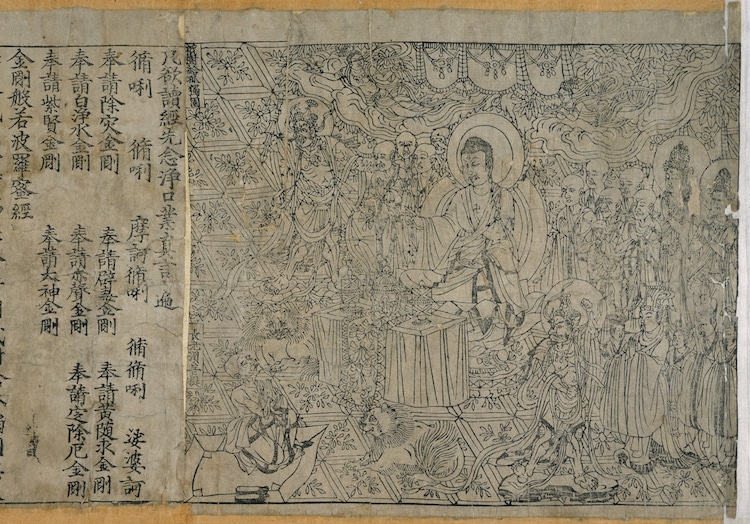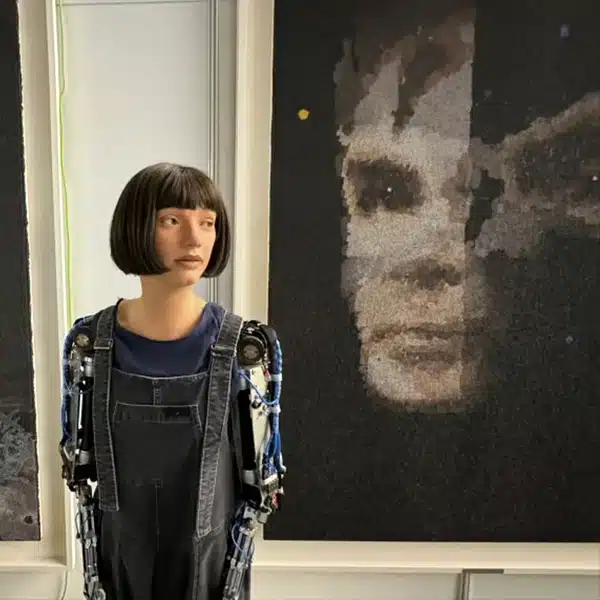Have you ever wanted to try printmaking? As one of the oldest types of art, it takes has a variety of different forms. Some, like etching, use acid in their process, while others use special screens and squeegees to craft an image. You can get extremely technical in printmaking, which is part of its appeal; but for those that find that fact intimidating, have no fear—there is a type of printmaking that is great for beginners but that professionals love, too. Called block printing, this technique involves you creating a stamp that you press onto paper, cloth, or another material using ink.
What is the history of block printing?
Block printing has a long history that spans thousands of years. Originating in East Asia, the technique existed in China as early as the 2nd century CE; one of the earliest surviving woodblock printings was done before 220 CE. Images and text were cut into blocks of wood and printed on silk cloth. Eventually, the printing made its way to paper, and by 600 CE the approach was used to display religious texts, calendars, calligraphy, and more.

“Diamond Sutra from Cave 17,” 868 CE. [Public domain], via Wikimedia Commons

“The Great Wave off Kanagawa” by Katsushika Hokusai via Wikimedia Commons
Of course, China wasn’t the only place to have woodblock printing. Ukiyo-e is a type of Japanese art popularized from the 17th to 19th century featuring illustrations of kabuki actors, sumo wrestlers, and beautiful women. One of the world’s most popular images was created out of woodblock printing—the Great Wave off Kanagawa by Hokusai. Ukiyo-e went on to influence western Impressionist artists like Degas and Monet, as well as Post-Impressionists including Vincent van Gogh as well as iconic Art Nouveau artist Henri de Toulouse-Lautrec.






















































































